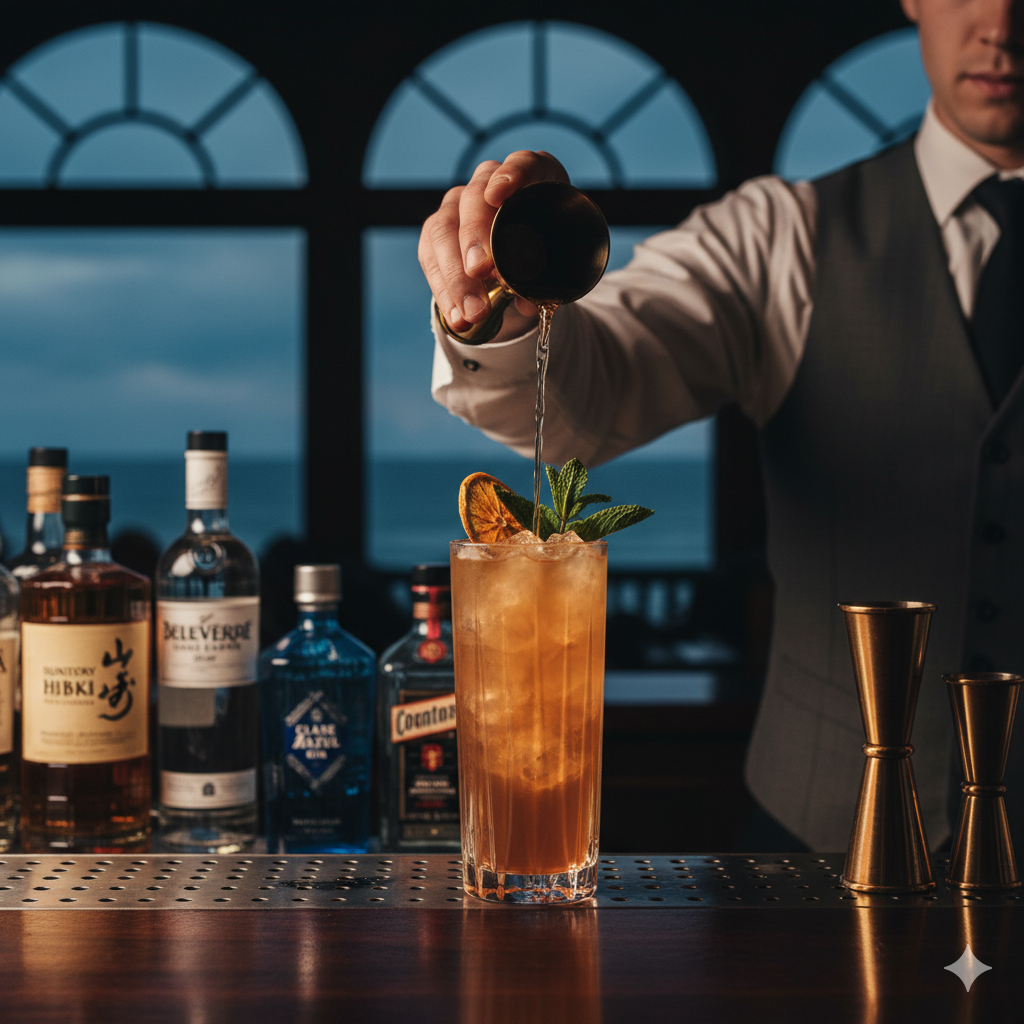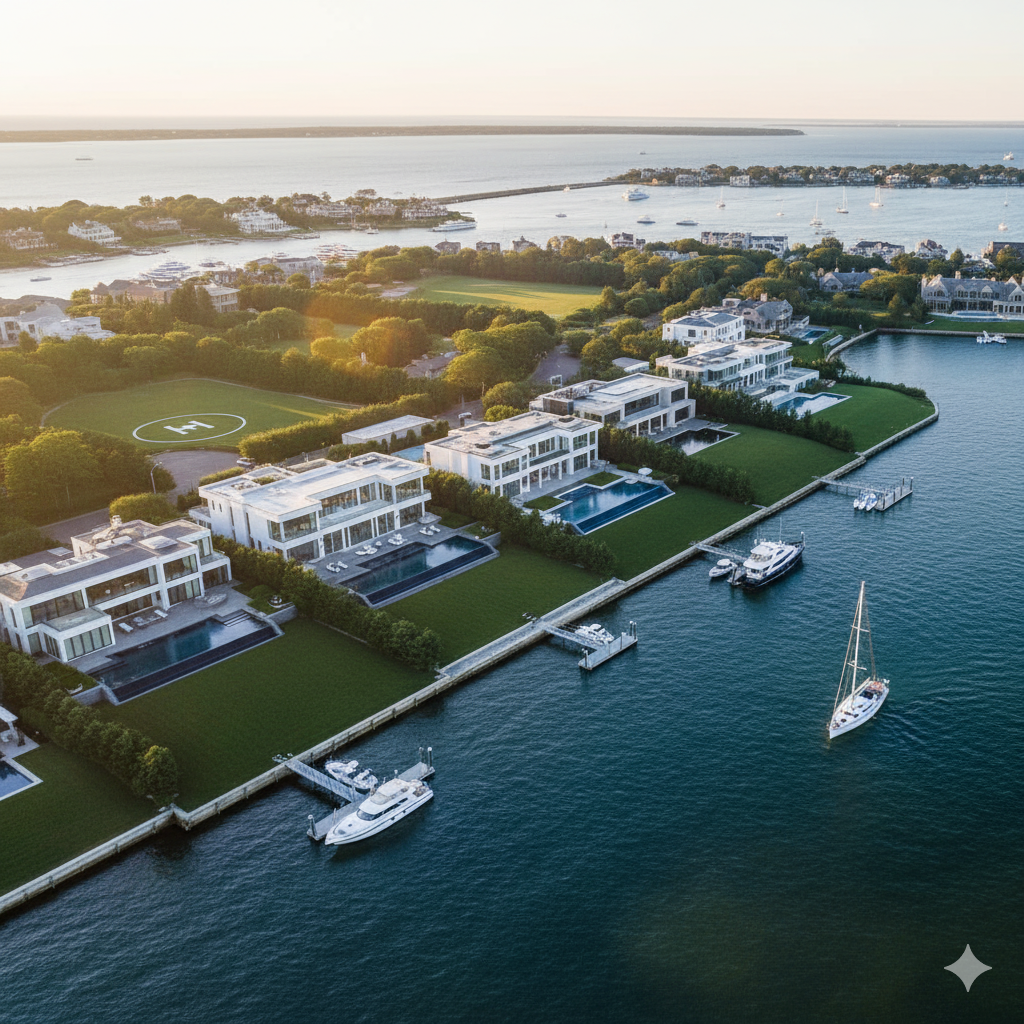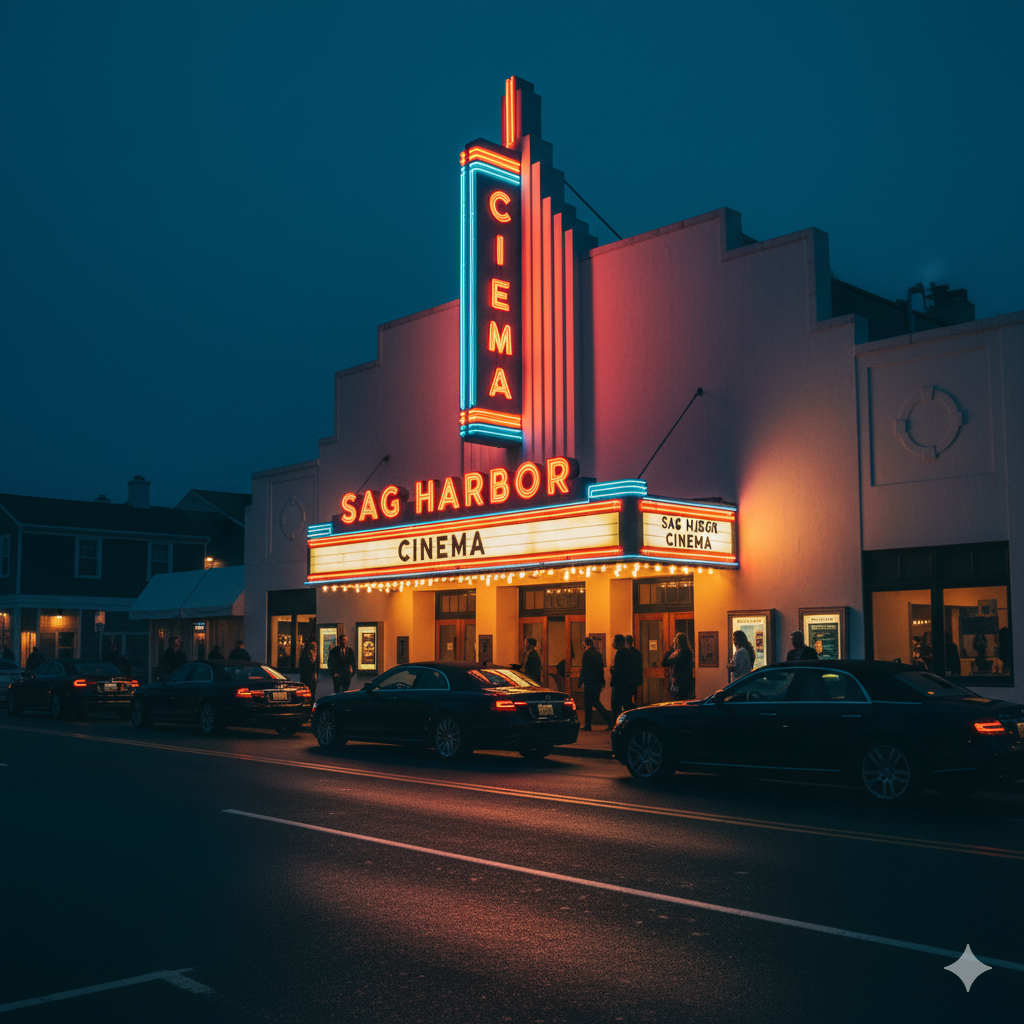From Party Fuel to Liquid Gold
The Long Island Iced Tea was never supposed to be respectable. Born in a Hampton Bays dive bar contest in 1972, this five-liquor monster was college kid fuel—cheap, effective, and about as sophisticated as a frat party. Yet somehow, in the gleaming towers of Hamptons luxury, this notorious cocktail is getting the Hermès treatment.
Walk into any respectable cocktail lounge from Montauk to Manhattan these days, and you’ll witness something that would make inventor Robert “Rosebud” Butt roll in his grave. Bartenders with pedigrees from Le Bernardin are charging fifty bucks for what used to cost three.
This isn’t just inflation. This is alchemy.
The Confession of a Reformed Bartender
I spoke with Marcus Chen, head mixologist at an undisclosed East Hampton establishment where hedge fund wives drop more on cocktails than most people spend on groceries. “The Long Island Iced Tea used to be our shame drink,” he admits, polishing crystal with the reverence of a priest.
“Then 2022 happened. Premium cocktail culture exploded, and suddenly everyone wanted elevated versions of drinks their parents drank.” Therefore, Marcus started experimenting with Japanese whisky, artisanal triple sec, and single-estate tequilas.
His “Hamptons Heritage” version features Hibiki 17, Clase Azul Reposado, and house-made cola reduction. Price tag? Sixty-five dollars. Waiting list? Three weeks.
The Science of Status Spirits
What transforms swill into sophistication isn’t magic—it’s markup psychology. Industry data shows that 40% of consumers now buy premium spirits occasionally. Moreover, social media has trained everyone to photograph their drinks before drinking them.
“Instagram changed everything,” explains Sophia Rivera, beverage director at a Bridgehampton hotspot. “Nobody wants to post a plastic cup anymore. They want crystal stemware, perfectly clear ice, and edible flowers that cost more than the liquor.”
Furthermore, she’s not wrong. Her signature Long Island Iced Tea arrives under a glass dome filled with lavender smoke. The theatrical presentation justifies the price before you taste a drop.
The Tennessee Controversy Nobody Talks About
Here’s where the story gets interesting. While New Yorkers claim ownership of the Long Island Iced Tea, Tennessee has entered the chat. Apparently, Charlie “Old Man” Bishop was mixing five liquors with maple syrup in Kingsport fifty years before Butt’s Hampton Bays creation.
The Tennessee version used whiskey instead of triple sec. Consequently, modern craft bartenders are mining this forgotten recipe for inspiration. “Bishop’s Blend” variations are popping up in speakeasies from Amagansett to the Upper East Side.
One Manhattan establishment charges seventy-five dollars for their “Prohibition Heritage” cocktail, complete with a backstory about bootleggers and jazz Age rebellion. History sells, especially when it comes with a premium price tag.
The Insider’s Arsenal
Today’s Long Island Iced Tea artists aren’t messing around with well liquor. They’re sourcing small-batch spirits like they’re buying art. Premium gin from Scotland, organic vodka from Poland, and añejo tequila aged in French oak barrels replace the usual suspects.
Additionally, mixology trends favor house-made syrups over artificial sour mix. Bartenders now clarify their cocktails using milk proteins, add smoke using wood chips, and garnish with dehydrated citrus wheels that take twelve hours to prepare.
The cola? Forget Coca-Cola. These temples of taste are crafting their own using artisanal kola nuts, Madagascar vanilla, and carbonation levels calibrated to perfection.
The Hamptons Effect
In the Hamptons ecosystem, where luxury dining experiences define social hierarchy, the reimagined Long Island Iced Tea serves a specific purpose. It’s familiar enough to order without embarrassment, yet expensive enough to signal status.
“Our clients want to feel sophisticated while still having fun,” explains James Morrison, bar manager at a Southampton country club. “They remember drinking Long Islands in college, but now they want the grown-up version.”
Furthermore, Morrison’s version includes aged rum from Barbados, mezcal from Oaxaca, and tea reduction made from rare Darjeeling leaves. It’s served in a crystal Collins glass that costs more than most bottles of wine.
The Art of Liquid Theater
Modern Long Island Iced Tea service has become performance art. Bartenders flame orange peels, measure spirits with laboratory precision, and present cocktails like Michelin-starred dishes. Each element is choreographed for maximum impact.
Consider the “Montauk Sunrise” interpretation at a private members club: The bartender lights cinnamon bark, captures the smoke in a balloon, then releases it as the cocktail arrives. The aromatherapy alone justifies half the price.
Similarly, exclusive venues are creating rituals around cocktail service that transform drinking into ceremony.
The Price of Perfection
So what justifies charging fifty dollars for five shots with mixer? According to industry insiders, it’s everything except the alcohol. Premium ice costs more than most wines. Hand-blown glassware runs hundreds per piece. Staff training rivals medical school intensity.
“We’re not selling drinks,” admits one anonymous bar owner. “We’re selling experiences, stories, and social currency. The Long Island Iced Tea is just the delivery mechanism.”
Moreover, the exclusivity factor drives demand. When only twelve cocktails are made nightly, scarcity creates desire. Waiting lists generate buzz. Buzz creates value.
The Verdict from the Grave
Would Robert Butt recognize his creation in today’s luxury interpretations? Probably not. His 1972 contest entry was about showing off with available ingredients, not creating liquid art for the one percent.
However, perhaps that’s exactly the point. The Long Island Iced Tea has always been about transformation—turning multiple spirits into something that tastes like tea, disguising strength as innocence, making the extraordinary seem ordinary.
Now it’s completing another transformation: from dive bar staple to luxury statement. In a world where cocktail culture demands sophistication, even notorious drinks can find redemption—for the right price.
The revolution will be televised, garnished, and served in crystal.
Ready to Elevate Your Brand?
Partner with Social Life Magazine to reach the Hamptons’ most influential readers. Whether you’re launching luxury spirits, opening an exclusive venue, or targeting high-net-worth clientele, we deliver access to decision-makers who matter.
- Inquire About Advertising & Article Submissions
- Subscribe to Exclusive Email Invites & Specials
- Subscribe to Print Magazine
- Polo Hamptons 2026 – Buy Tickets, Cabanas, Corporate Sponsorships






